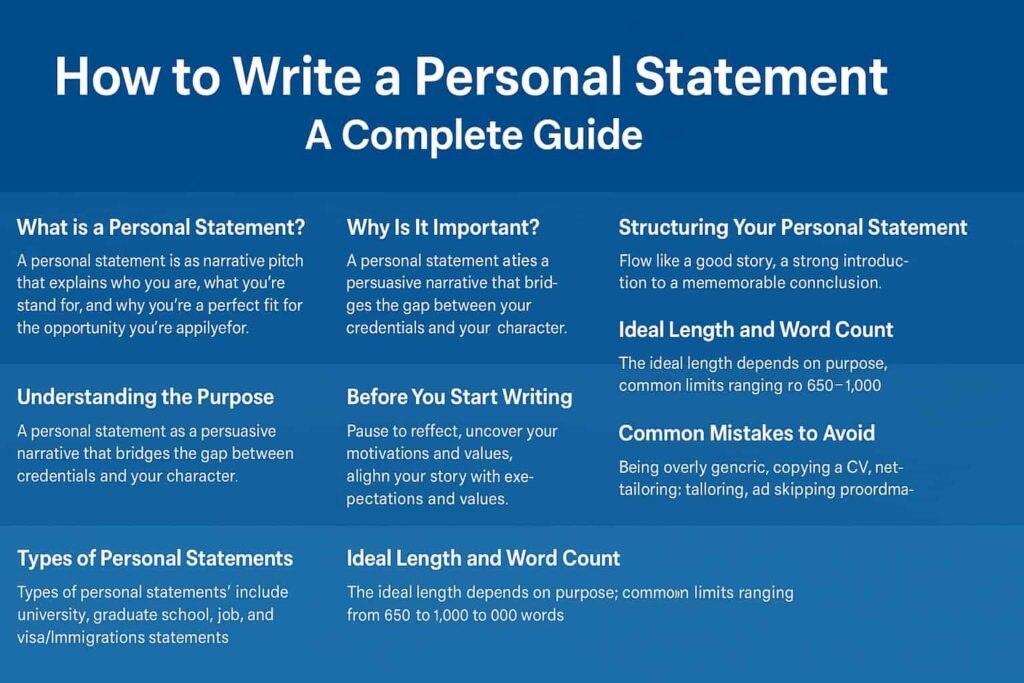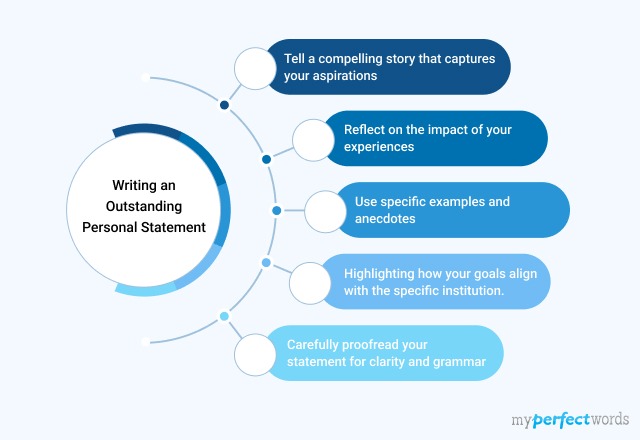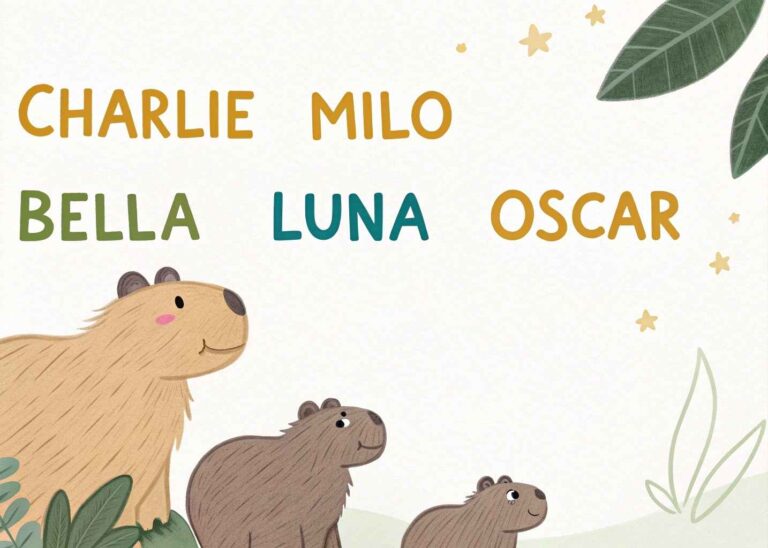
What is a Personal Statement?
A personal statement is essentially your narrative pitch—your unique story that explains who you are, what you stand for, and why you’re a perfect fit for the opportunity you’re applying for. It’s a document where you’re not bound by bullet points or rigid formats, giving you space to connect with decision-makers on a human level. Whether it’s for college admission, a scholarship, a job, or a visa, this is your moment to show what facts and figures can’t: your values, voice, and vision.
Why Is It Important?
While academic records, resumes, or portfolios present the surface, a personal statement dives beneath it. It offers context for your achievements and clarity about your ambitions. It answers the unspoken question every evaluator has: “Why you?” In highly competitive environments, where many applicants have similar qualifications, your personal statement can tip the scale in your favor. It gives you the power to influence the perception of your application in a more emotional, authentic way.
Understanding the Purpose
A personal statement is a persuasive narrative that argues why you’re an excellent candidate for a particular role, program, or opportunity. Its main purpose is to bridge the gap between your credentials and your character. While your GPA or work experience shows what you’ve done, your personal statement explains why it matters. It humanizes your file, giving the evaluators insight into your goals, intentions, and fit with their organization.
Types of Personal Statements:

Not all personal statements serve the same purpose. For instance, a university application personal statement usually emphasizes academic interests, intellectual curiosity, and readiness for college life. In contrast, a graduate school statement may demand deeper reflections on research interests, professional goals, and alignment with faculty. Job application statements focus more on competencies, cultural fit, and contributions to the company. Meanwhile, visa or immigration statements are deeply personal and must highlight intent, integrity, and justification for staying or relocating.
Before You Start Writing
Before you even touch the keyboard, pause and reflect. This is more than a writing exercise—it’s a journey of self-discovery. What are the pivotal moments that have shaped who you are? Which challenges taught you something valuable? This stage is about peeling back the layers to uncover your core motivations and values. It also involves aligning your story with the expectations of the institution or organization you’re writing to. If you’re applying to a university known for research, lean into your curiosity. If it’s a nonprofit job, highlight your compassion and service mindset.
Key Questions to Ask Yourself
To craft a personal statement that genuinely reflects your essence, you must ask some tough but enlightening questions:
- What drives me every morning?
- Which life experiences shaped my ambitions?
- What personal or academic challenges have I overcome?
- How do my strengths align with this opportunity?
- What do I want to achieve in the next 5–10 years?
These questions will serve as the foundation of your narrative. The answers should point toward a central theme that ties your entire statement together.
Structuring Your Personal Statement
A well-structured personal statement flows like a good story—with a compelling beginning, a meaningful middle, and a memorable end. Begin with a strong introduction that hooks the reader and sets the tone. In the body paragraphs, lay out your achievements, skills, and life experiences in a way that supports your central theme. Then, wrap it all up with a conclusion that ties everything together and leaves a lasting impression. Think of it like a mini-movie about you—with purpose, plot, and personality.
Ideal Length and Word Count
The ideal length for a personal statement largely depends on its purpose. For undergraduate programs like UCAS in the UK, the limit is often 4,000 characters (around 650–700 words). For U.S. college applications, Common App essays cap at 650 words. Graduate school statements may range from 500 to 1,000 words. Job or visa statements might be shorter or longer, depending on the role or country-specific guidelines. No matter the length, clarity and focus matter far more than word count.
Writing the Body Paragraphs
This is where you dig deep. Break your story into 2–4 paragraphs focusing on different aspects—your academic journey, work experience, leadership roles, community involvement, or key life moments. Each paragraph should have a clear point and support your overarching narrative. Use action words and real-world examples to bring your experiences to life. Instead of listing traits like “hard-working” or “goal-oriented,” show them in action. Let the reader see you in motion—solving problems, leading a team, surviving a setback, or achieving a breakthrough.
Using the STAR Method
One effective structure for writing these examples is the STAR method:
- Situation: Set the scene.
- Task: Define your goal.
- Action: Describe what you did.
- Result: Share what happened.
Writing the Conclusion
The conclusion should not just repeat what you’ve already said—it should elevate it. Think of it as the “so what?” moment. Reaffirm your goals and leave the reader with a sense of resolution and purpose. You can also express appreciation for the opportunity and outline what excites you about the future. A strong conclusion sounds something like: “This program is more than a stepping stone—it’s the launchpad for a future I’ve dreamed of and worked tirelessly toward.” That’s the kind of lasting impression you want.
Tone and Style Tips
Keep your tone conversational but professional. You’re speaking to a reader, not delivering a lecture. Be personal but don’t overshare. Stay away from clichés like “Since I was a child…” unless you can follow them with something deeply unique. Use active voice, and write the way you speak—clear, confident, and sincere. Also, don’t be afraid to let your personality show. If humor or creativity comes naturally to you, let it in subtly—it makes you memorable.
Common Mistakes to Avoid
There are some pitfalls that can sink an otherwise decent personal statement. Avoid being overly generic—statements like “I love helping people” are too vague. Never copy and paste your CV—it defeats the purpose of writing a narrative. Failing to tailor your statement for the specific program or job also hurts your chances. And most importantly, don’t submit without proofreading. Typos and grammatical errors can make you look careless, which is the last thing you want.
Editing and Proofreading
Even the most brilliant writers revise—so should you. Let your first draft sit for a day or two, then return with fresh eyes. Read aloud to catch awkward phrasing. Ask a mentor or friend to read it and offer honest feedback. Use grammar-checking tools like Grammarly, but don’t rely on them blindly. Make sure every sentence earns its place and contributes to your overall story. You’re aiming for clarity, flow, and authenticity.
Conclusion
A personal statement is your most valuable tool for turning a static application into a dynamic narrative. It’s where facts become stories, and stories build connections. With honesty, structure, and reflection, you can write a personal statement that not only ticks all the boxes but also resonates. Don’t think of it as a task—think of it as your spotlight moment. Tell your story boldly, and trust that it matters—because it does.






